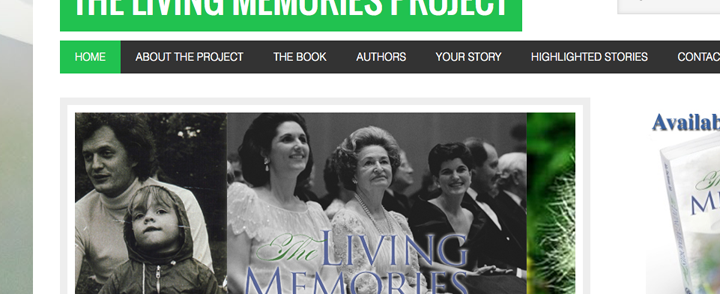By Meryl Ain, The New York Jewish Week
As a little girl, my mother took me to see “Marjorie Morningstar,” a movie about a Jewish girl played by Natalie Wood, who wants to follow an unconventional path in the late 1950s. When Marjorie’s Uncle Sampson, played by Ed Wynn, died suddenly of a heart attack at the summer camp at which Marjorie was working, I was shocked and upset.
When Marjorie’s family gathered for a Passover seder the following spring, a pillow in an empty seat at the table was left as a memorial to Uncle Sampson. I remember crying hysterically at the symbolism. It’s probably no wonder that years later, when I asked my mother whether we should have an empty chair for my father, who had died days before Pesach, she responded with a resounding, “Oh, NO!”
I’m not a big fan of the empty seat either, but now that I’ve lost both of my parents, and most of my other relatives who were also members of the Greatest Generation, my mission has become to keep alive the memories of my loved ones. For example, ever since my mother died seven years ago, we get all the adults and children at our seder table to try to recite “Who Knows One?” in one breath. My mother was the master of this family custom and each year we all try, but lovingly acknowledge that no one can do it as well as she did.
After my mother died, I was bereft. I spoke with friends and came to the conclusion that there is no closure with those we love deeply. They are in our lives and in our hearts forever, although they are not physically present.
Since my mother always told me to “get a project” when I was sad or bored, I decided my project would be to write a book about how people keep alive the memories of their loved ones. I was hoping to get ideas from them — and to heal myself. I enlisted the support of my husband Stewart and my brother, Arthur Fischman, and together we wrote “The Living Memories Project: Legacies That Last.” It captures the stories of more than 30 individuals who created tributes — big and small — as living memorials.
Some keep alive their memories through small acts, such as looking at photos and making recipes. For example, Florie Wachtenheim makes her mother’s recipe for gefilte fish for every Jewish holiday, including Passover.
“Cooking is an interest my mother and I shared,” she said. “Having come from Europe, my mother was quite good at all the most traditional dishes — homemade gefilte fish, for example. This is probably the single tradition that I carry on and that means the most to me. She is in my head and heart when I compose each holiday menu.”
Others do big things to carry on the legacies and values of their loved ones, such as establishing foundations, scholarships and artistic endeavors.
For instance, Boris Chartan, a Holocaust survivor, founded The Holocaust Museum and Tolerance Center in Glen Cove, N.Y. to help succeeding generations remember the victims and lessons of the Holocaust.
“It’s a living memory to my family,” he said. “I lost about 80 or 90 uncles, grandparents, and other members of my family. And it is a learning center for kids. We want what happened during the Holocaust to be embedded in them so that they will go home and tell their parents — and someday their own children — what they saw and heard.”
Arthur Kurzweil carries on the memories of his ancestors through a lifetime dedication to Jewish genealogy.
“For the people who appreciate it, genealogy provides amazing tools for exploring identity,” he said. “I was named after my great-grandfather — my father’s grandfather. Many people told me about him; I found wedding pictures and other pictures of him as a young man.”
Kurzweil described getting a copy of his great-grandfather’s death certificate.
“It said he died in the synagogue on Pesach,” he said. “When I asked my father, he said he remembered when it happened. I know the story and, for some reason, it is meaningful to me.”
What I learned from researching and writing “The Living Memories Project” is that you don’t necessarily need an empty chair (although if that works for you and your family, that’s fine) at the seder table. Just as the Haggadah is our remembrance of the Jewish people’s exodus from slavery to freedom, it is incumbent upon us to remember our loved ones who are no longer here — with words, with deeds, with stories and songs — at Passover and throughout the year. That is how we keep alive their passions, memories, traditions, and values.
Meryl Ain, Ed.D., a former teacher and school administrator, frequently writes about education and family life. She is a blogger for The Huffington Post, and her articles have most recently appeared in The New York Jewish Week, and MariaShriver.com. After she lost both her father and mother within a year-and-a-half, she decided to research how others keep alive the memories of their loved ones. “The Living Memories Project: Legacies That Last,” was published by Little Miami Publishing Company and is online at www.thelivingmemoriesproject.com.
